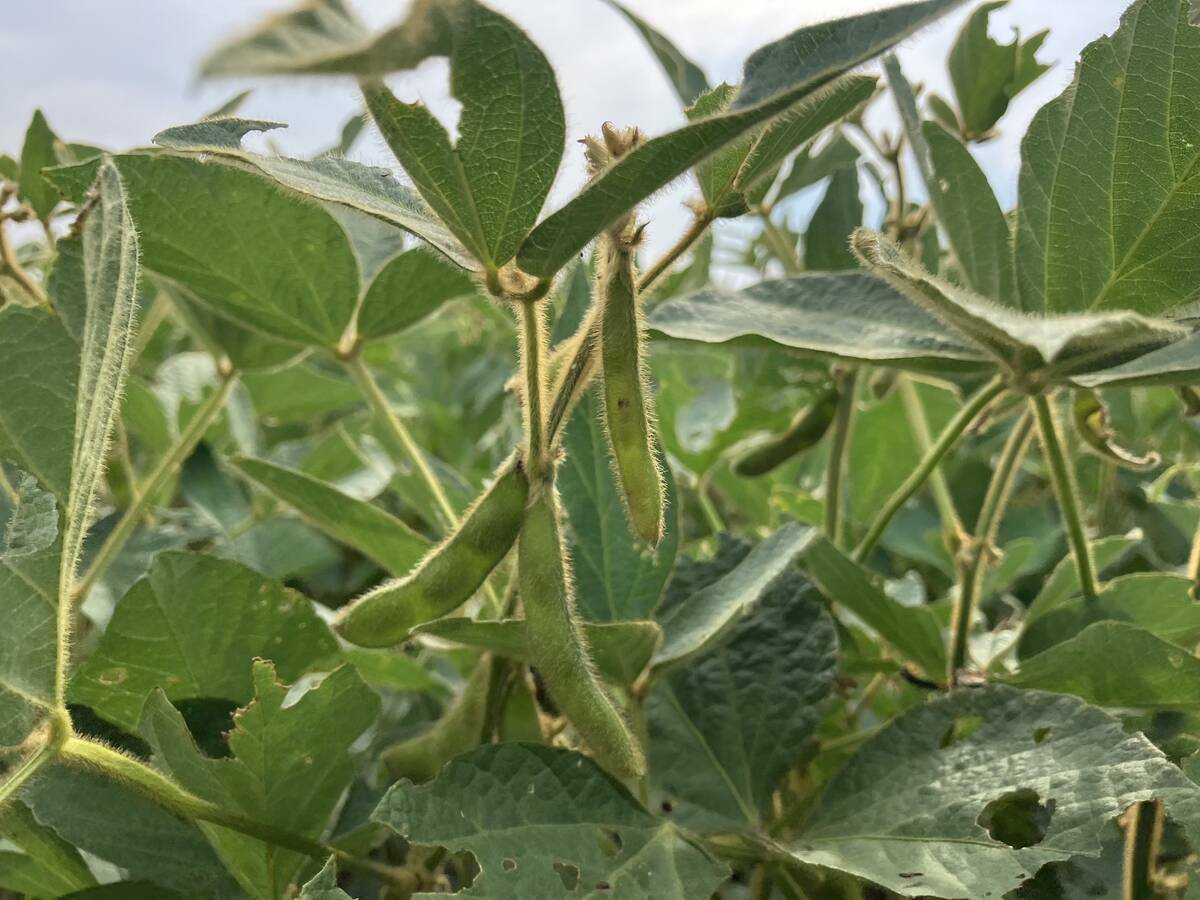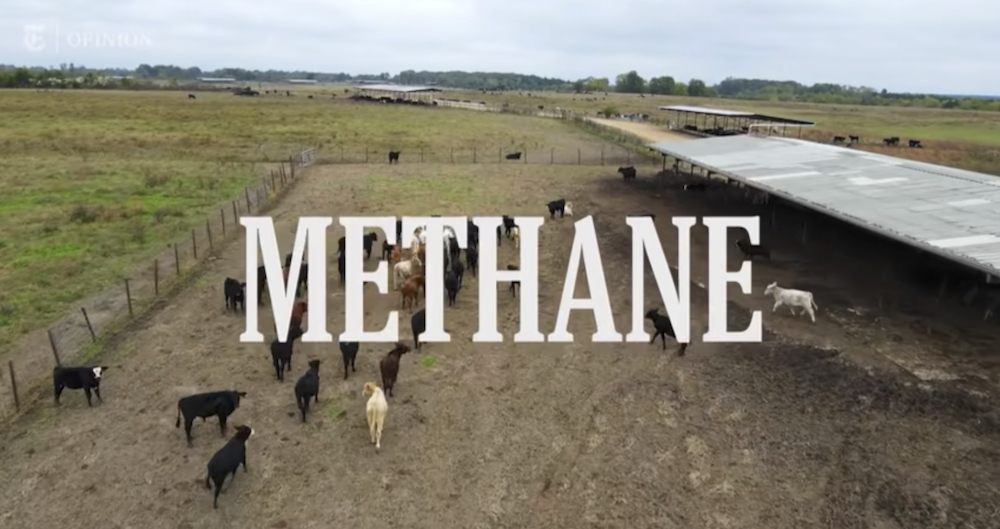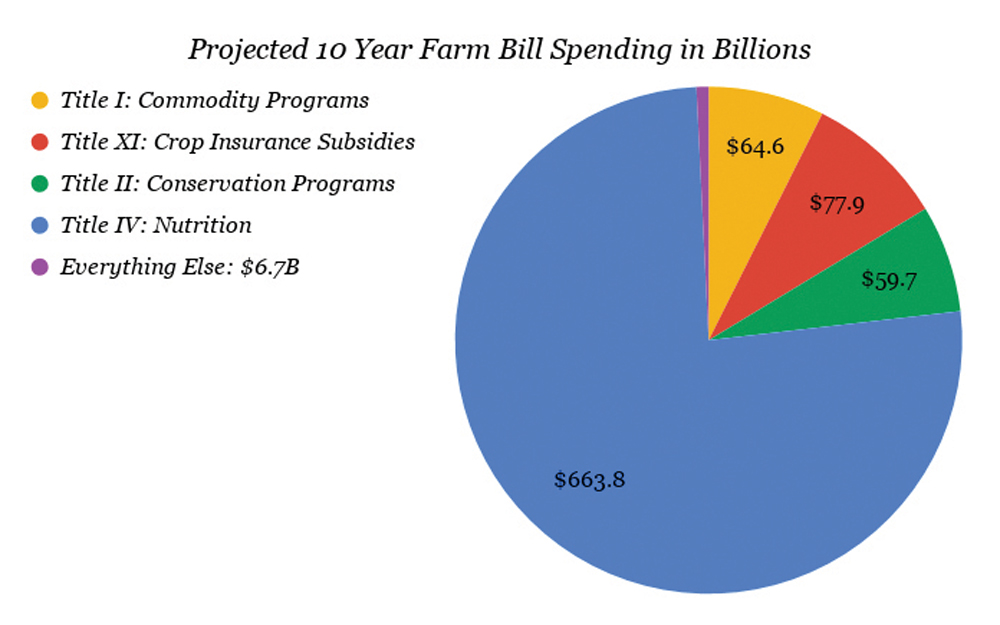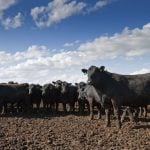With all the strange and highly unpredictable events in the global economy, the tension between economics and politics in the U.S. is making things even more interesting.
Consider this: a highly indebted U.S. government pays ethanol producers 45 cents for each gallon they produce, while at the same time imposing a 54-cent tariff on imports. The subsidy drains about $6 billion from the U.S. Treasury, and it will only increase as blending mandates go up.
Increasingly, it looks like politicians are leaning towards letting the tariff protection and subsidy programs expire at the end of this year. In November, a dozen senators, including influential Republicans, signed an open letter calling for an end to the subsidies/ tariffs. The Government Accounting Office also listed the subsidies as an inefficient way of obtaining the stated goals of the program.
Read Also

Lack of China trade deal threatens soybeans, canola market
American soybean growers – and by extension, Canadian canola growers — are, at some point, in for big disappointment on their grain market realities.
Letting the law expire would make it easier to import ethanol to meet the blending requirements laid out by the Environmental Protection Agency (EPA). Last year about 10 billion gallons, 38 per cent of the corn harvest, was diverted to ethanol production. By 2022, the blend target is forecast to hit 36 billion gallons (other feedstock is expected to be used to help reach that goal). This begs the question of whether the targets are just too aggressive and if there will be the political will to maintain them.
Government support might be in jeopardy, but it doesn’t mean ethanol will fade from the scene.
The production subsidy keeps many producers afloat, especially smaller players, but larger producers would probably be able to survive without it. Today, ethanol producers get $2.60 to $2.70 per gallon, which means that, at $7/ bushel, corn costs about $1.90/ gallon in feedstock. Up-front capital costs are substantial, but they are spread over a long period and are also largely subsidized. On a per-gallon basis other production costs are relatively small, so it’s conceivable that many producers are at least marginally profitable even without the subsidy.
If the import tariffs were relaxed, imported non-corn-based ethanol (like sugar-derived ethanol from Brazil) would relieve the strain on corn supplies, lowering its price and improving margins. So long as crude prices don’t materially decline in the foreseeable future, domestic corn-based ethanol production is probably here to stay.
LESS DEMAND PUT ON ARABLE LAND
The most likely outcome of this change in policy is a general ratcheting down of the demand currently placed on arable land. Prices send signals to farmers who respond by changing their acreage or by changing their farming techniques to add yield. However, farmers face limiting factors that simply hasn’t permitted them to increase the total food supply sufficiently to offset the added demand: hence the food-versus-fuel framing of the debate. It should be recalled, however, that throughout history food has also had industrial usages they just weren’t extravagantly subsidized.
Corn today takes up over a third of U.S. acreage, meaning that on its own even a small reduction in ethanol demand could free up resources for other crops and have a moderating effect on various agriculture- related prices. But given erratic weather conditions and increasing demand from emerging market countries, concerns surrounding the world’s ability to grow sufficient food supplies will likely remain, regardless of the policy shift on ethanol.
Will Van’t Veld is an economist with ATB Financial in Edmonton














